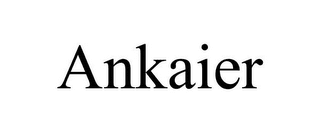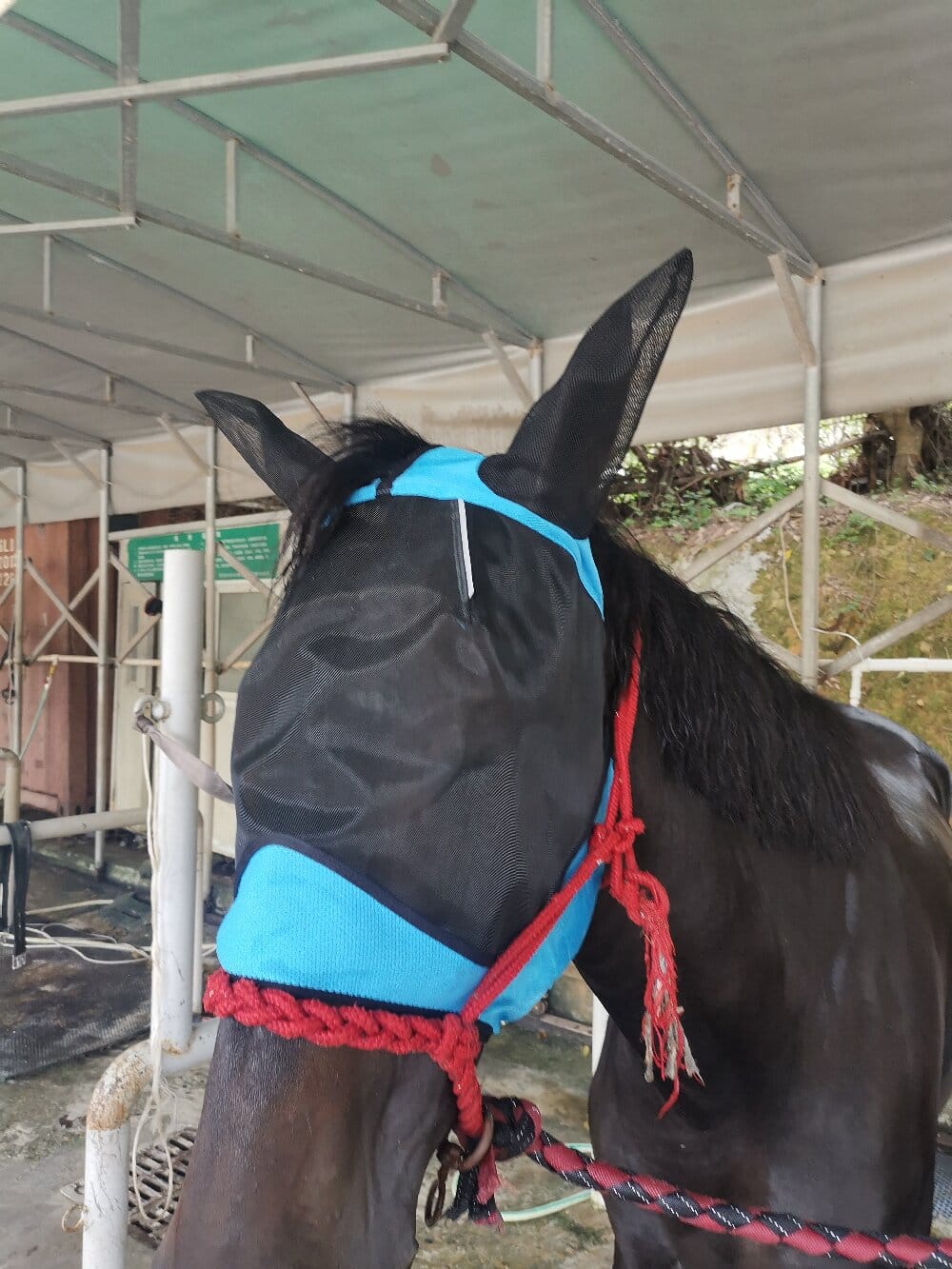My first serious foray into the world of equine care came when I decided to invest in a horse fly mask. It wasn’t a spur-of-the-moment purchase; it was the culmination of observing my gelding’s constant head-tossing and frantic attempts to find relief from the relentless summer insects. I quickly realized that this piece of gear was not a simple accessory but a critical component of his daily comfort and long-term health. The methodology behind choosing the right one, however, proved to be a more complex and fascinating process than I had ever anticipated. It required a systematic approach, balancing material science, equine behavior, and practical field testing to find the perfect solution for my horse.
Deconstructing the Problem: Why a Fly Mask is Non-Negotiable
Before I could even look at products, I needed to fully understand the problem I was solving. I spent hours researching the threats posed by flies, gnats, and the harsh sun. I learned that it’s not just about momentary annoyance. Persistent pests can lead to:
- Conjunctivitis and Eye Infections: Flies are vectors for bacteria and can cause painful inflammation.
- Corneal Ulcers: A single scratch from a fly’s leg or a piece of dust rubbed by a frantic hoof can lead to a serious and vision-impairing injury.
- Photophobia and UV Damage: For light-sensitive horses or those with conditions like uveitis, UV protection is as crucial as bug defense.
- General Stress and Agitation: A constantly irritated horse is a distracted, unhappy, and potentially dangerous one to handle and ride.
This analysis solidified my resolve. A quality fly veil wasn’t an option; it was a necessity for responsible ownership.
The Selection Methodology: A Framework for Choosing the Right Horse Fly Mask
Armed with knowledge, I developed a personal methodology for selection. I treated it like a scientific experiment, establishing key variables to test against. My primary criteria became the foundation of my search.
1. Material and Mesh Integrity: I dismissed any mask that felt stiff or abrasive. I sought out soft, durable, and flexible materials, often settling on a polyester mesh that promised breathability. The UV protection rating became a key data point; I wouldn’t consider anything less than 70% UV blockage, aiming for higher for my paint horse with pink skin around his eyes.
2. The Fit and Security System: This was perhaps the most critical phase. A poorly fitting fly mask is worse than none at all. I looked for designs with deep eye cups to prevent the mesh from rubbing against the cornea. The closure system—typically a velcro tab at the poll and sometimes a surcingle—had to be secure enough to stay on during rolling and galloping, yet easy for me to release and safe enough to break away if it snagged on a branch.
3. Design Features and Specialization: My methodology had to account for my horse’s specific lifestyle. Did he need ear covers to protect from gnats? A nose cover to shield his muzzle from biting flies? I opted for a model with detachable ear covers, giving me flexibility based on the insect population that day. I also noted features like extended forehead coverage and darts around the eyes for a more contoured, comfortable fit.
The Implementation and Observation Phase
Purchasing the mask was only step one. The real test began with implementation. I introduced it gradually, letting him wear it for short periods in his stall before turning him out. I monitored his reaction closely. Did he try to rub it off immediately? That would be a fail. He seemed to forget it was there, which was a resounding success. My daily checks became part of my routine: inspecting his eyes for any sign of irritation, ensuring the mask was clean and free of debris, and checking the velcro for wear and tear. This ongoing observation is a crucial part of the methodology, ensuring the solution remains effective and safe.
A Conclusive Finding on Equine Comfort
My systematic approach to selecting a horse fly mask transformed what could have been a confusing purchase into a confident, informed decision. The process taught me that equine care is best approached with a methodical mindset. By deconstructing the problem, establishing clear selection criteria, and committing to careful observation, I found a product that genuinely enhances my horse’s quality of life. The peace of mind I get from seeing him graze contentedly, free from the torment of flies and the sun’s glare, is immeasurable. It’s a small piece of gear that makes a monumental difference, proving that a thoughtful methodology is the true key to effective and compassionate horse management.

